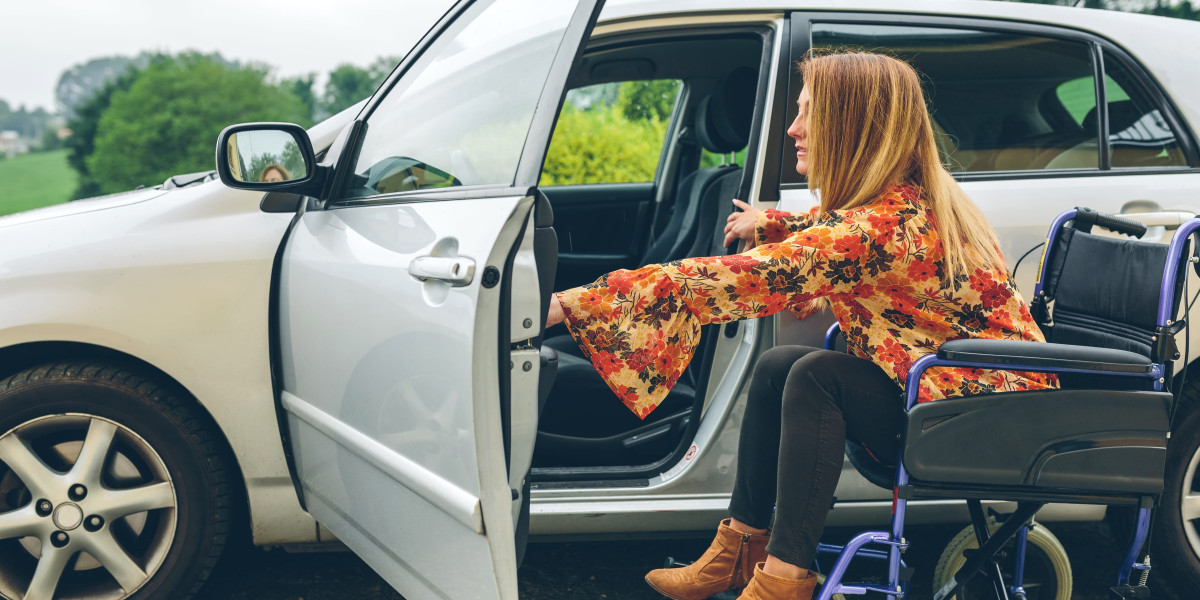From Mr Average To Superman Health & Wellbeing
From Mr Average … to Superman
When most people think about health and wellbeing, they picture a routine of balanced meals, regular exercise, adequate sleep, and mental resilience. Yet the journey from an ordinary, "Mr. Average" lifestyle to one that feels almost superhuman isn’t just about hitting the gym or cutting calories—it’s a comprehensive transformation that touches every aspect of daily living.
- Nutrition as Fuel
- Movement Beyond Cardio
- Sleep as Fuel
- Mindful Nutrition
- Progressive Overload in Everyday Life
4. Building an Effective Home‑Based Exercise Routine
A. Core Components of the Plan
- Cardiovascular Activity
Example: 30 min walks on most weekdays; weekend hikes or bike rides.
- Resistance Training
Methods: Body‑weight exercises (push‑ups, squats), resistance bands, light dumbbells, household items (water bottles, backpacks).
Volume: 1–2 sets of 8–15 reps; progress by increasing repetitions or adding resistance.
- Flexibility & Balance
Focus on maintaining joint range and preventing falls—important for aging populations.
- Core Stability
- Cardiovascular Endurance
Practical Tips for Community Settings
- Use Local Resources: Parks, community centers, and schools can host group sessions.
- Incorporate Social Interaction: Group walks or dance classes increase adherence.
- Adapt Equipment Needs: Resistance bands are inexpensive; body‑weight exercises require no gear.
- Provide Progression Plans: Gradual increases in intensity keep the program challenging yet safe.
3. Strengthening Core Stability in Older Adults
What Is Core Stability?
Core stability refers to the ability of the trunk’s musculature (abdominals, back extensors, pelvic floor, and surrounding stabilizers) to maintain posture, absorb forces, and transfer loads efficiently between the upper and lower limbs.
How Does It Benefit Aging Individuals?
| Functional Outcome | Why It Matters |
|---|---|
| Balance & Fall Prevention | A stable core improves proprioception and reduces sway. |
| Gait Efficiency | Proper trunk control enhances stride length and reduces energy cost. |
| Spinal Health | Supports vertebral alignment, reducing pain or injury risk. |
| Daily Activities | Easier transfer (e.g., from chair to bed) due to improved core strength. |
Core Training Recommendations
- Stabilization Focus
- Movement Integration
- Functional Emphasis
By incorporating these targeted strategies—low‑impact cardio, functional strength exercises, gait training, and core stabilization—you can help maintain or improve walking ability after a hip arthroplasty. These recommendations align with the latest evidence and guidelines for postoperative rehabilitation in older adults, ensuring safe and effective recovery.








